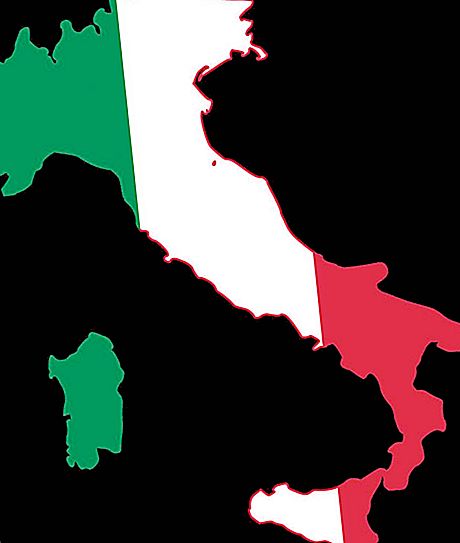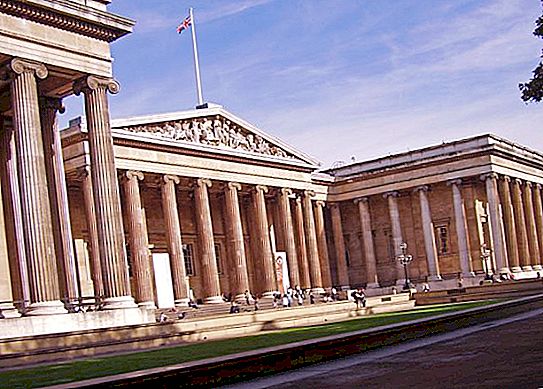The Vincennes Zoo in Paris belongs to the French State Museum of Natural History. There are more than a thousand animals that belong to 180 species. We will talk about the history of the zoo, interesting facts and its inhabitants in this article.
History of creation
The zoo in Paris was created in 1931 specifically for the opening of the Colonial Exhibition. It was calculated that it would be temporary, and after the end of the main event it would be closed. However, due to the great popularity among local residents and guests of the city, it was decided to make the zoo permanent. Moreover, in 1934 it was included in the National Museum.
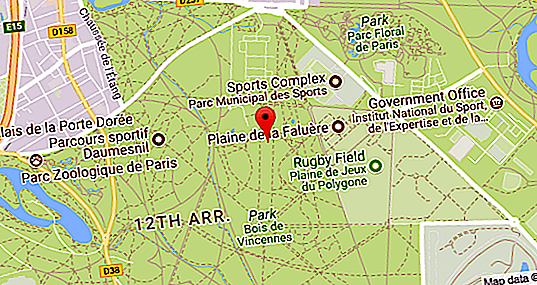
The zoo worked until 2008, but the buildings that became unusable, the dilapidated interior and the impossibility of animals living comfortably in their enclosures forced it to be closed for reconstruction and repair.
In April 2014, the zoo in Paris reopened to the delight of visitors. Immediately after the opening, a flood of people wishing to get acquainted with representatives of the wild came here.
Updated Zoo
In the new concept, priority was given to a more accurate and reliable display and recreation of the wild environment. It was divided into five planetary biozones, which are most familiar to the mammals, birds, fish, reptiles and amphibians that live here.
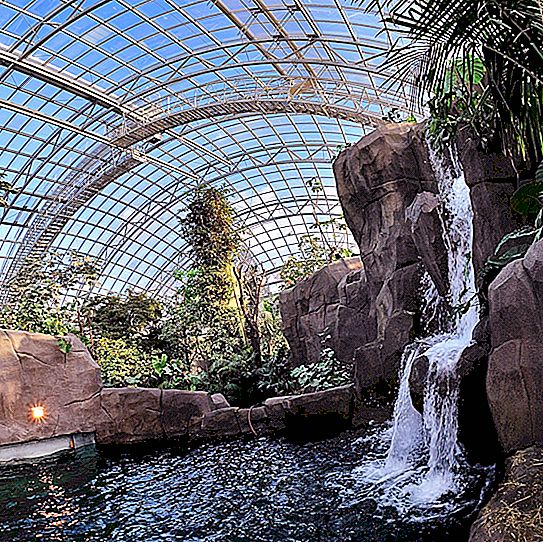
After the reconstruction at the Paris Zoo, it became possible to observe the lives of more than a thousand animals. They were selected in full accordance with the developed scientific programs, as well as the recommendations of the International Fund for the Protection of Wildlife.
In the main building of the complex, four training rooms were created for thematic lectures and seminars. There are also classes for schoolchildren and thematic film shows. Conferences of leading experts in the field of ecology and biology are regularly held.
Biozones in the zoo
In the zoo of Paris, five geographical zones have been created, in which there are as many as 16 local ecosystems. Biozones have the following names:
- Patagonia;
- Europe;
- Sahel Sudan;
- Madagascar;
- Amazonia-Guiana.
Patagonia, located in southern South America, includes three ecosystems: the Andean forest, the rocky shore of the ocean and pampas. The Vincennes Zoo managed to recreate this biosphere on an area of more than 16, 500 m 2.
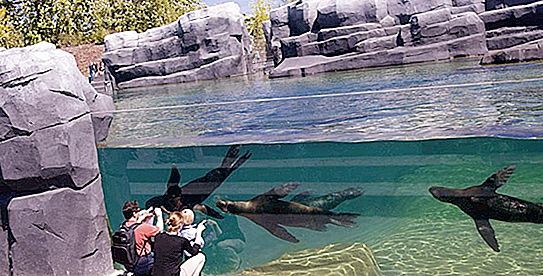
The pampas (steppes) of Patagonia have stunted vegetation; some of the largest flightless birds on the planet live in it - this is Darwin's Rnda. In large open-air cages, the Maru family (Patagonian hares) lives next to them, llamas and guanacos walk freely.
Various birds live in the Rocky Coast area of the zoo in Paris, and sea lions bask in the artificial ponds in the sun. Humboldt penguins are located nearby, which anyone can feed, however, at a certain time.
In the Andean forest sector, you can find mountain lions and cougars, as well as pudu deer, which are the smallest on Earth, their growth barely reaches 40 cm.
Europe
In the mountainous European ecosystem of the zoo in Paris, black vultures, red and Egyptian kites live, and in the part that imitates the valley, there are bison and bison. An artificial reservoir has several families of otters.
A rare population of the Iberian wolf lives in the coniferous forest sector; there are only a few individuals in the zoo. Not far from here you can meet a population of European wolverines.
An artificial rock was created in the same territory, inside of which there is a large terrarium, where it was possible to recreate the landscape of marshy places in Europe. This is the possession of various reptiles and amphibians. Here you will see rare toads and frogs, lizards, newts and snakes.
Madagascar
The flora and fauna of Madagascar is significantly different from the European. Endemic species (peculiar to a particular area) are predominantly present here, many of them are endangered. In the zoo of Paris, the peninsula of Madagascar is represented by two voluminous ecosystems.
In the rainforest sector, where a large greenhouse has been recreated, visitors can see flocks of Madagascar pigeons, lovebirds, and lemurs. Near the greenhouse there are spacious aviaries where flying foxes live, as well as the rarest Madagascar predator - fossa.
In the second ecosystem of the peninsula, a river is created, which is covered with rare thickets of low plants and shrubs. This is a sector of dry tropical forest inhabited by siphaks and radiant turtles.
Amazonia Guiana
The zone where the biosphere of Amazonia and Guiana is located begins with a huge greenhouse, there is recreated a chain of reservoirs with plain and mountainous areas that repeat the unique tropical climate of South America.
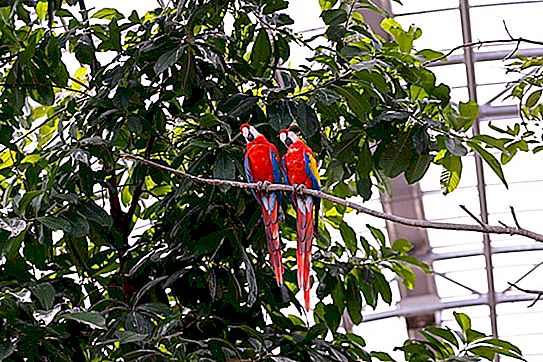
In the rainforest zone, visitors to the zoo in Paris will get acquainted with a wide variety of tropical plants, trees, birds and animals. Near the artificial river and next to the waterfall you can often see a jaguar, tapir or shrubby dog.
Miniature marmoset monkeys feel quite comfortable on the trees, sloths are resting here, and giant anteaters go downstairs in search of goodies.
In the air, cries of various species of birds are heard, of which a huge number are represented here. In ponds you can see large and unusual fish, for example, arapaim, as well as sea elephants - manatees.
Sahel Sudan
Sahel-Sudan is the largest zoo biozone in Paris. It is entirely dedicated to African ecosystems located south of the Sahara desert. The total area of the biozone is more than 4.5 hectares, in this area you can find a wide variety of animals. Lions, hyenas, white rhinos, zebras and elephants live here.
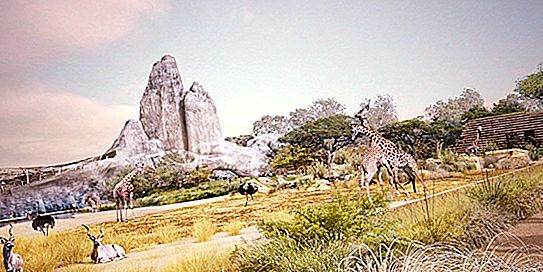
The conditions of this zone are as close as possible to the natural ones, the landscape, ponds, thickets and bushes are recreated here with special accuracy. In an aviary with an area of more than 2000 m2 you will see several hundred birds that freely move along a trajectory imaginable only to them. Noble flamingos, storks and spoonbills live here.
The huge pavilion was built to accommodate 16 giraffes, including one adult male, five babies and 10 females. Here you can also get acquainted with various species of monkeys, while feeding them.



